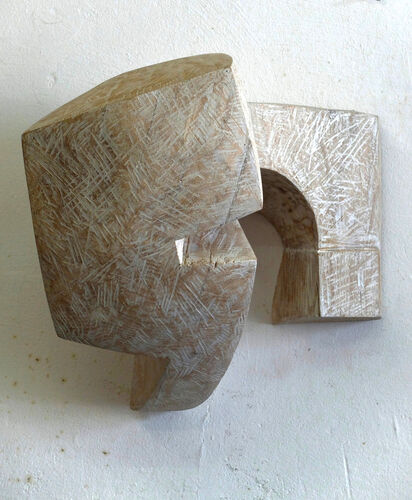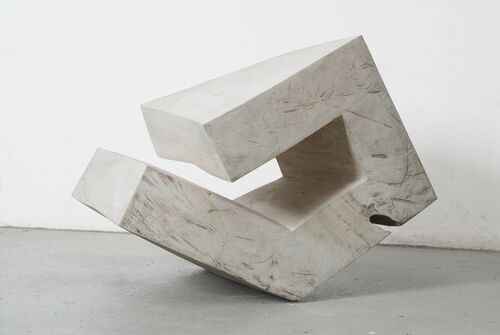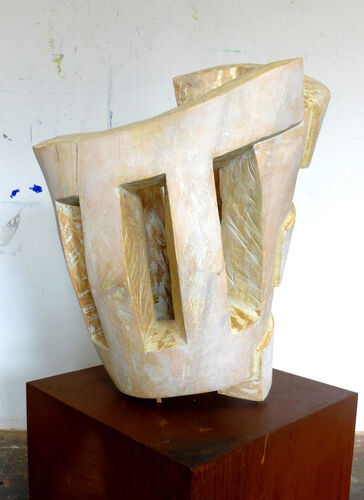The French artist Nicolas Poussin (1594-1665) is considered one of the most influential French painters of the 17th century. The Getty Center in Los Angeles is dedicating the exhibition Poussin and the Dance to him. Beginning on February 15, it reveals Poussin's fascination with dancing. Thus, the artist depicted dancing nymphs and satyrs in his own unique style, in a dramatic, sometimes violent manner, drawing inspiration from ancient Greek and Roman sculpture. In Poussin and the Dance, through May 8, 2022, these dancing images will be examined in light of art history on the one hand and contemporary dance on the other. In the process, the work of the old master will be placed in dialogue with new dance films by Los Angeles choreographers. The exhibition was organized in collaboration with the National Gallery in London.
Nicolas Poussin between art history and contemporary dance
The Getty Center in Los Angeles will focus on Nicolas Poussin's dancing paintings beginning Feb. 8. The exhibition Poussin and the Dance features works by the French painter and places them in dialogue with art history and contemporary dance.
Born on June 15, 1594 in Les Andelys (France), Nicolas Poussin was a representative of the Classicist Baroque period, best known for his paintings and drawings of Arcadian landscapes and historical narratives. Trained as a painter between 1612 and 1621, today he is considered one of the most important artists of the French Baroque, whose works have been intensively studied by artists such as Picasso, Francis Bacon and Markus Lüpertz. Other artists of later generations who were influenced by his work were Jean-Baptiste-Camille Corot and Paul Cézanne. Today, Poussin's works can be found in the collections of the Louvre (Paris), the Hermitage (St. Petersburg), and the Metropolitan Museum of Art (New York), among others.
Auction results of the artist Nicolas Poussin
Dive deeper into the art world
Inspired by movement
Spaces of Harmony
Klemens Pasoldt's sculptures reflect the contradictions of human perception. With astonishing complexity, they escape our usual formal vocabulary. Smooth surfaces and sharp edges, closed volumes and open fractures combine in the most beautiful harmony to create a balance of opposites.






















